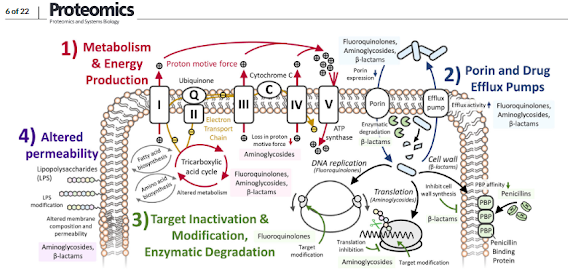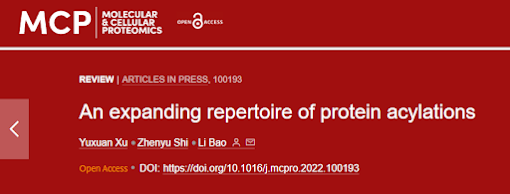This year I've got a lot of questions about the CellenOne system. This is a big topic since I've basically spent the last 10 months working on sample prep and stealing data analysis pipelines from the single cell RNASeq community.
If I have to sum up what I've learned rapidly I'd say: The flow/sorting community is actually really really smart and their instruments have evolved in the last few years as much as ours have, but they're just as inundated with concepts and acronyms as we are. I only recently realized that we've been using the wrong word over and over again with our cores and that has had effects on our data. "Sorting" and "aliquoting" single cells are concepts as different to a flow core as top down and shotgun proteomics are to us. Taking the time to learn some of the concepts and key terms can be transformative. Also, we aren't anywhere near as good at bioinformatics (as a community, some people in our field are awesome) as the RNA/DNA people. They have to be great because their data is so comparatively lousy. 😇 Steal their tools for our superior data and we all win.
Back to the topic: Sometime in November we got a CellenOne demo instrument. In January we let them pack it up and sent it back. We're a relatively small pharmacology group with a lot of tools to study human pharmacology, that's our number 1 focus. We have nowhere near the bandwidth to have our own CellenOne system. I can't tell you how very happy I was when I went to the loading dock and the thing was finally gone, for a lot of reasons, not only that we couldn't get our SCP into the bulding because this thing was blocking the loading dock.
However, a new CellenOne should arrive on campus sometime next month -- and this is how we've decided to live with the system. It's going to the single cell (RNA/DNA) core and our lab and the others on campus will be paying users. Experts in isolating and studying single cells will have it where it will have a dedicated person to do the daily buffer washes and washes and washes and keep the thing in pristine operating condition. The CellenOne can also prep valuable RNA libraries which will help pay for the instrument and it's upkeep, operation and emitter washing and washing and it will get to do ProteoChip preps around those.
Also -- while there have been really amazing sample preps using the CellenOne -- the ProteoChip is, in my opinion, by far the easiest. It is also, by far, the lowest throughput. For an Orbitrap based system you're talking about 500-ish single cells prepped, which isn't nearly as impressive to reviewers as it was a year or two ago. There are strategies now for TOFs since you can't use all 16 channels, but when I used it I was skipping every other well, so I was getting only 260 or so cells prepped. For context, a small robot like a Mantis can prep over 300 cells in one go and it costs around 1/8th the price of a CellenOne. Again, however, it can't aliquot single cells. You need to get a plate with aliquoted single cells and then take it to the Mantis.
If I have to wrap up my impressions they are:
1) The CellenOne is currently the best single system for working with single cells today. Due to the fact that cells that don't end up on your plate are going back where they came from the efficiency is fantastic. If you only have 1,000 cells to prep this is the way to go (1 well of a 12 well culture plate is around 1e5-1e6 cells).
2) If you're expecting a turn-key solution where you put cells on the deck and push a button and prepped labeled single cells come out the back you are going to be disappointed. Working with single human cells sucks. That's why there are still so many "single cell" studies that are diluted K562 and so few that are actual human cells.
3) If you can figure out a way to divide the effort and rapidly climbing price of the CellenOne system with other researchers, I think that is a solid plan. If you can afford to have your own, you should probably consider hiring a single dedicated operator. You do not have time to prep your cells on this system and calibrate your mass spec in a single day. If you have a job where you have meetings that you can't take while swearing at a robot....swearing at a robot, regardless of how loudly, doesn't actually seem to help...it just makes the people in the microscopy core next door avoid eye contact with you in the hallway....
4) A CellenOne system is not a requirement for you to do single cell proteomics. Sure, there are some applications where the efficiency of the system makes a lot of sense, but if you have single cell aliquoting capabilities on your campus through a core or a collaborator, you can absolutely still do single cell proteomics. You just really need to stop and think about your pipeline and really discuss with the people who are handling the cells what you want to do and make sure you are all speaking the same language.

















































